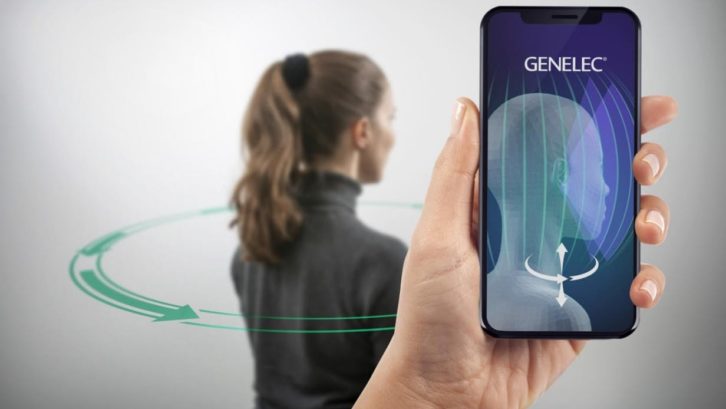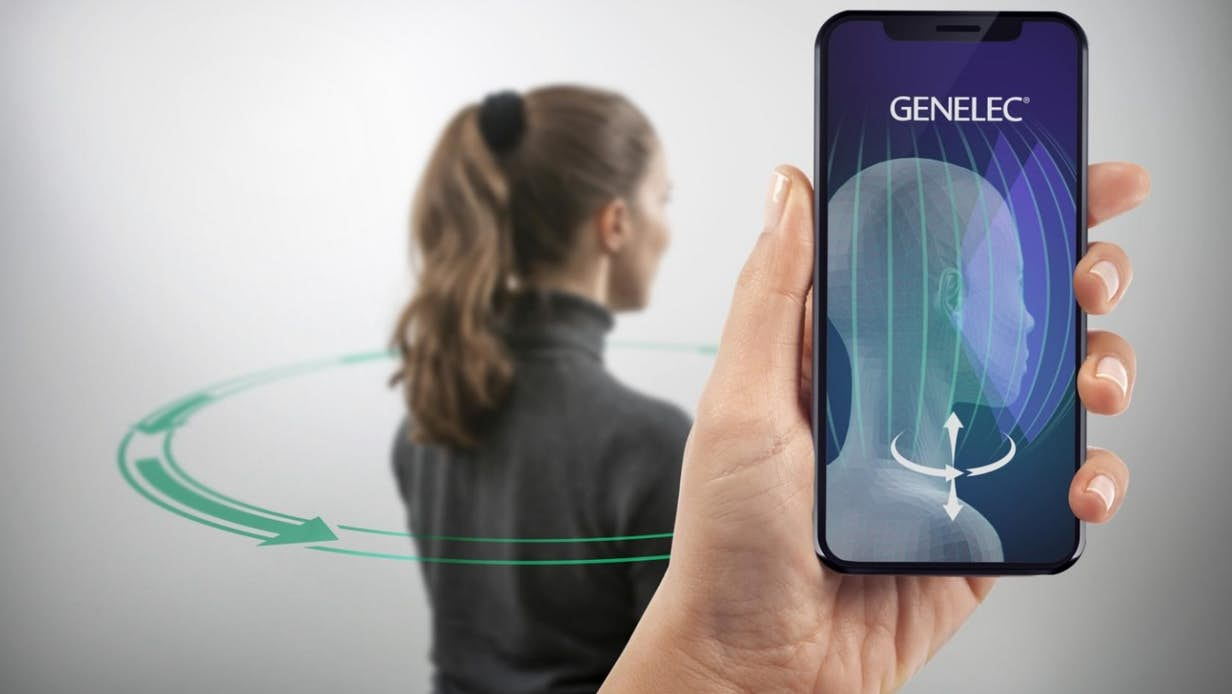
Natick, MA (March 28, 2019)—Genelec has introduced its new Aural ID software technology, which calculates a user’s personal Head Related Transfer Function (HRTF). According to the company, the software’s results are intended to improve the trustworthiness and reliability of headphone listening.

HRTF describes the acoustical properties of the head, upper torso and external ear, elements that interact in complex ways to affect sounds reaching the eardrums. Aural ID computes all these elements and creates a personal data file characterizing the modification to sound arriving from any azimuth and elevation. This file consequently enables an audio engine to precisely render stereo or immersive content via headphones.
Typically, gathering personal HRTF information requires an anechoic room, placement of measurement microphones at the entry to the user’s ear canals, and attention to setup and procedure details with multiple measurements.
By contrast, Genelec Aural ID software requires the user to provide a 360-degree video of their head and shoulder region, for which a high-quality mobile phone camera is sufficient. Once the video is uploaded to the Genelec web-based calculation service, the calculation process first builds a detailed 3D model scaled to the dimensions of the head and upper torso, with special attention paid to modeling of the external ears.
Acoustic fields are then analyzed and calculated numerically with a full-wave method to capture detailed acoustic phenomena. The acoustic fields are computed for hundreds of different orientations of audio approaching the head, after which the HRTFs are formed and the data is compiled into a downloadable SOFA (spatially oriented format for acoustics) file, a format that has been defined and standardized by the Audio Engineering Society. This maximizes the technical compatibility of the HRTF data file, since the SOFA format is already supported by many virtual reality and game audio rendering engines.










